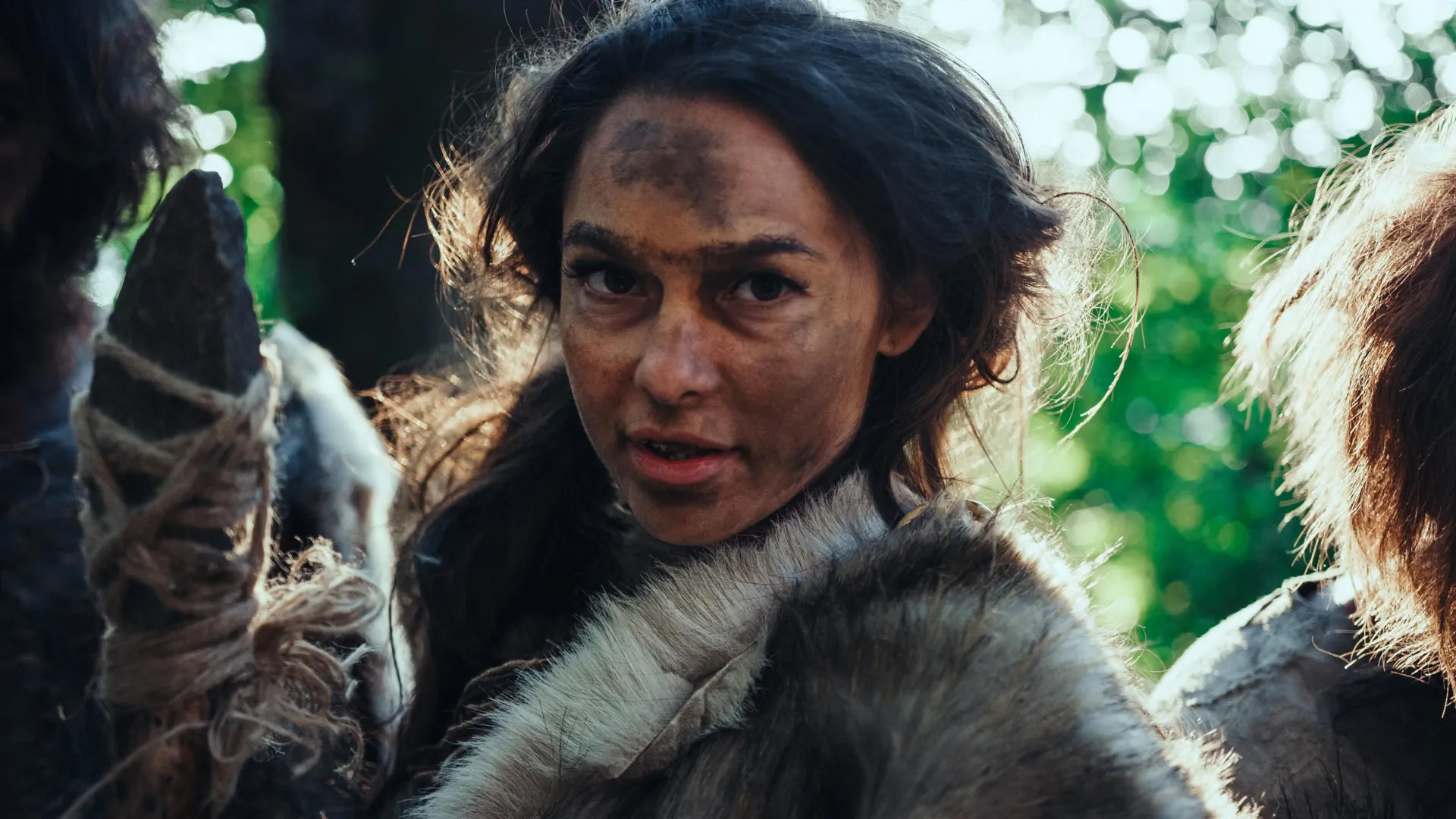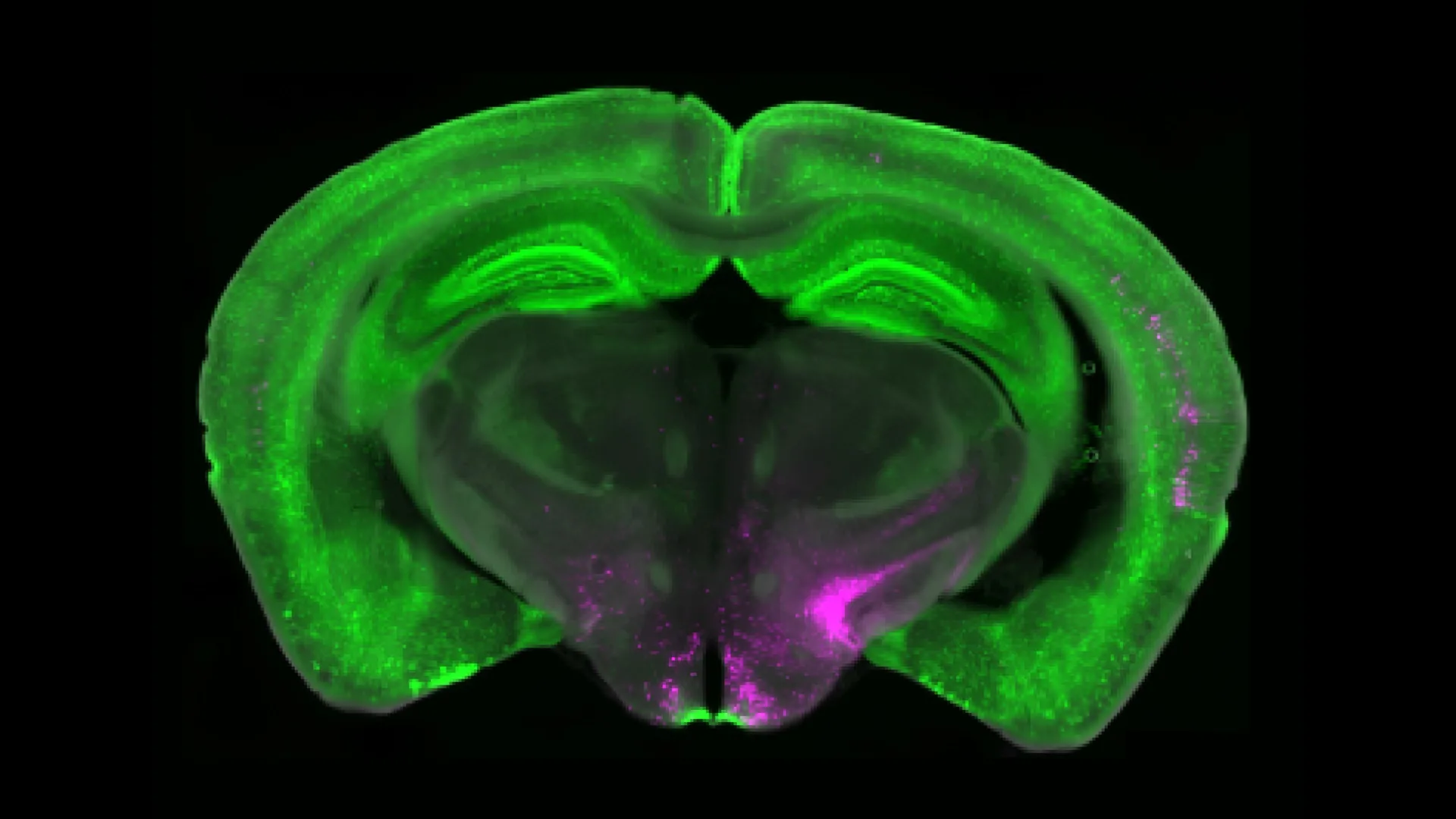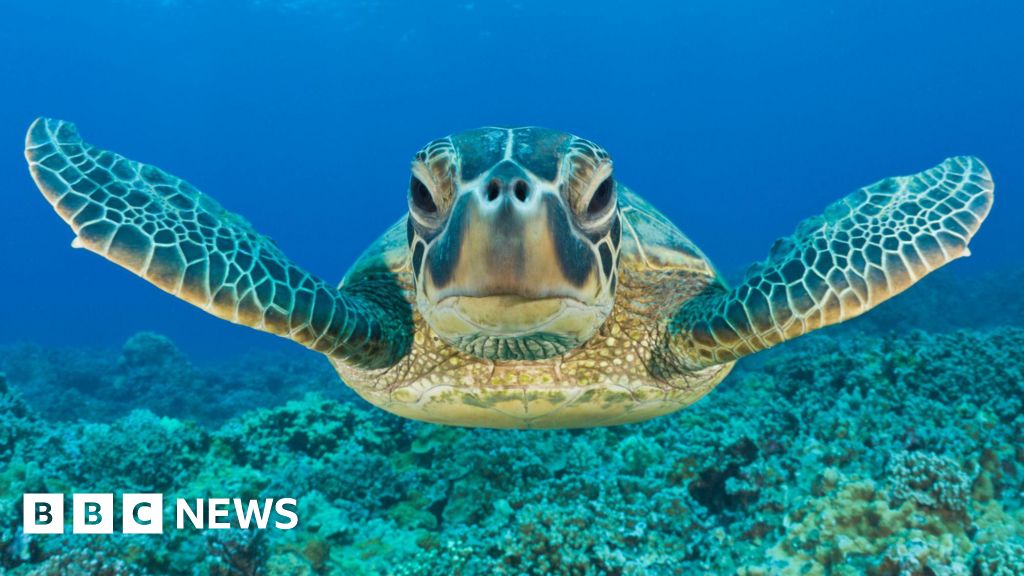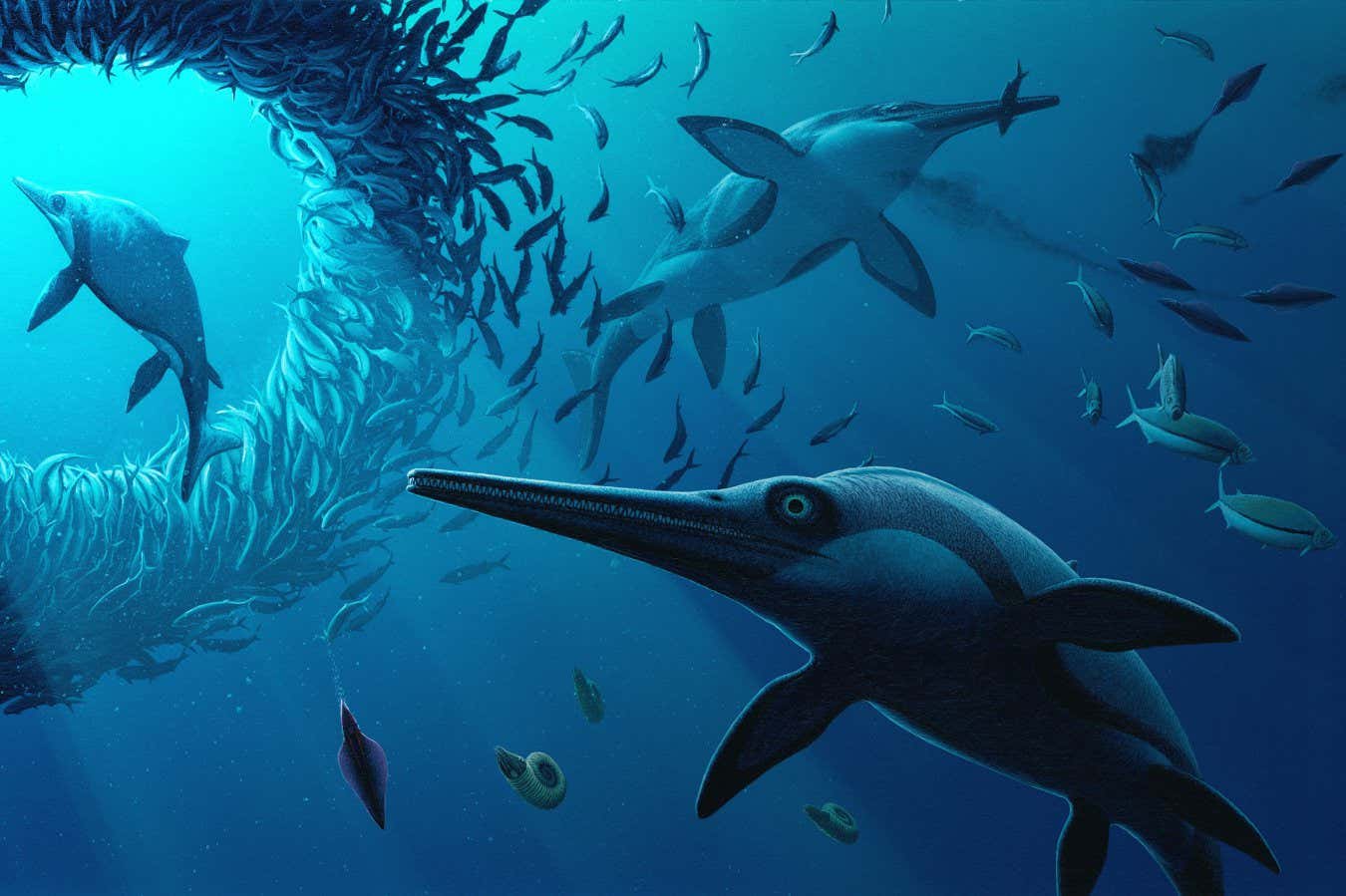Researchers think that members of the most recently identified “hominin” group (the Denisovans) mixed with early modern humans and passed along parts of their DNA. Evidence points to several separate interbreeding events, each leaving a genetic imprint that influenced the course of human history.
In 2010, scientists released the first draft of the Neanderthal genome. Comparing it with modern human DNA confirmed that Neanderthals and humans had interbred. Only months later, genetic analysis of a finger bone found in Denisova Cave in the Altai Mountains of Siberia revealed it came from a previously unknown hominin group. This group, now known as the Denisovans, also interbred with modern humans.
“This was one of the most exciting discoveries in human evolution in the last decade,” said Dr Linda Ongaro, Postdoctoral Research in Trinity College Dublin’s School of Genetics and Microbiology, and first author of a fascinating new review article published in leading international journal Nature Genetics.
“It’s a common misconception that humans evolved suddenly and neatly from one common ancestor, but the more we learn the more we realise interbreeding with different hominins occurred and helped to shape the people we are today.
“Unlike Neanderthal remains, the Denisovan fossil record consists of only that finger bone, a jawbone, teeth, and skull fragments. But by leveraging the surviving Denisovan segments in Modern Human genomes scientists have uncovered evidence of at least three past events whereby genes from distinct Denisovan populations made their way into the genetic signatures of modern humans.”
These events show varying degrees of genetic similarity to the Denisovan remains from the Altai region, hinting at a complex relationship among these closely related groups.
In their review, Dr Ongaro and Professor Emilia Huerta-Sanchez highlight evidence that Denisovans lived across a vast territory stretching from Siberia to Southeast Asia and from Oceania to South America. Different groups appear to have been adapted to their own specific environments.
They also detail several Denisovan-derived genes that gave humans survival advantages in different parts of the world.
Dr Ongaro noted: “Among these is a genetic locus that confers a tolerance to hypoxia, or low oxygen conditions, which makes a lot of sense as it is seen in Tibetan populations; multiple genes that confer heightened immunity; and one that impacts lipid metabolism, providing heat when stimulated by cold, which confers an advantage to Inuit populations in the Arctic.
“There are numerous future directions for research that will help us tell a more complete story of how the Denisovans impacted modern day humans, including more detailed genetic analyses in understudied populations, which could reveal currently hidden traces of Denisovan ancestry. Additionally, integrating more genetic data with archaeological information – if we can find more Denisovan fossils – would certainly fill in a few more gaps.”







